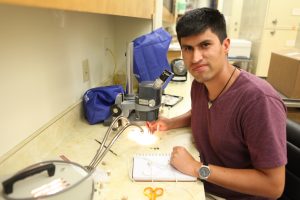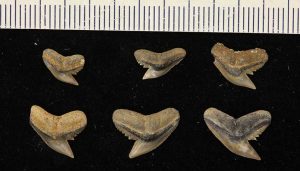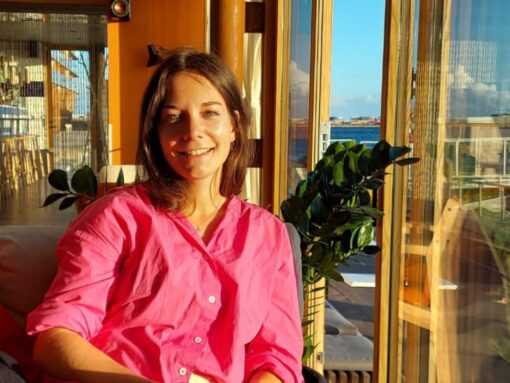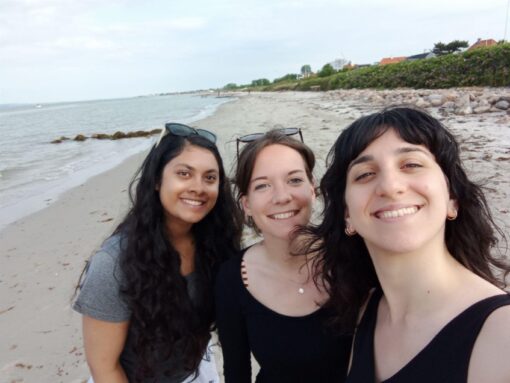Teeth, dental plates and caudal spines: Jaime Villafaña is a PhD student of Natural Sciences at the University of Vienna and spent two weeks at the Natural History Museum of Los Angeles with the Short-term grants abroad (KWA) scholarship to study fossils of fishes.
For my PhD at the University of Vienna thesis I work with the fossil record of cartilaginous fishes – sharks, rays, skates and chimaeras. The idea behind? Getting to know the diversity of this group in the past (I am talking about the real past, the Neogene happened 23 to 2.6 Million years ago!) and evaluate the possible reason of the extinction of some species. The aim is to analyze the evolutionary history of Neogene cartilaginous fishes from the Mediterranean Sea in relation to climatic changes and compare the results with others regions (e.g. North America). Some examples of cartilaginous fishes living today are the Great White Shark (carcharodon carcharias), one of the top predator, and the Whale shark, the world’s largest fish, that can grow up to 18 metres long.

In the past, parts of Central Europe were covered by sea (Paratethys sea) and we have evidence (fossil) of cartilaginous fishes living as well in Austria. This and the Evolutionary Morphology Research Group (EvoMoRG) at the Department of Palaeontology is the reason why the University of Vienna is a great place to study cartilaginous fishes. For my research I spent two weeks at the National History Museum of Los Angeles (NHMLA) with the short-term grant abroad (KWA) offered by the International Office of the University of Vienna – this was an amazing experience! The NHMLA houses a very important and large collection (world-famous Sharktooth Hill locality) of Neogene cartilaginous fishes, ~ 6,800 specimens from over 300 localities.

My workdays between teeth, dental plates and caudal spines
The people at the museum were very friendly and they were always trying to help me if I needed something. In a normal day, I started around 9 am until 5-6 pm. The first days, I made a general revision of the total number of specimens. After this, I started with the specific revision of fossils, separated by localities and age. During this research visit, I checked in total more than 9000 specimens of cartilaginous fishes, including teeth, dental plates and caudal spines.
What’s next?
This project provided me the opportunity to develop new comparative analyses at regional and global scales. Thus, the revision of this material contributed greatly to the development of my PhD thesis and generates high-quality publications in the future (e.g. Paleobiology and Journal of Vertebrate Paleontology).




Really enjoyed reading this! It’s refreshing to see such an honest take on what an exchange semester is actually like — not just the travel highlights, but also the cultural shocks and the little things that take time to get used to.